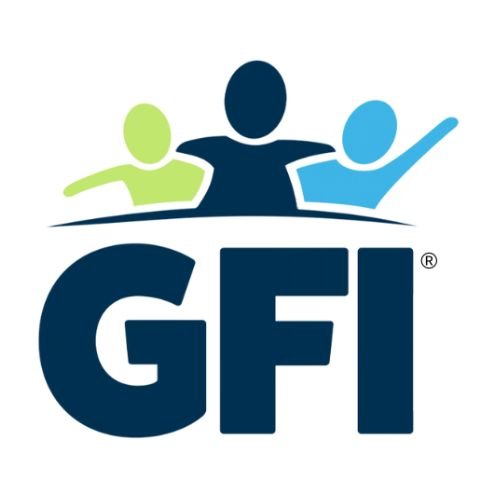The Case for Explaining Your Autistic Child's Neurology
As a community helping children to be more aware, accepting, and empathetic, we can do better – and we must. Whether we’re improving our neurodivergent children’s self-awareness and perception or helping neuromajority children realize that different brain wiring impacts the way autistic peers understand and process the world around them, sharing information in an age-appropriate, strengths-based way is critical to healthy social emotional development.
Neurodivergence and Emotional Response
What any educator will confirm is that every child is unique, whether on the spectrum or not. How they react to stimuli will vary among them, with some increased irregularity among our neurodiverse kids. Recognizing exactly how we’re feeling from their perspective, or how they’re feeling inside, can be difficult to interpret. Here are some common emotional responses to dispel some of the mystery.
Demonstrating Autistic Acceptance
If the aim is an inclusive classroom for neurodivergent kids, we aren’t going to achieve much without leadership showing them how it’s done. Modeling this sort of behavior might feel cumbersome, for fear of overcompensating with forced or unnatural interactions. But a few subtle techniques fly right under the radar and create a culture of acceptance with ease.
5 Classroom Activities That Foster Inclusion
As educators, we value the importance of inclusion and recognize that each and every student comes with their own gifts, quirks, and challenges. Our kids, who are still discovering who they are, and each other, benefit from classroom activities that foster inclusion, educate and celebrate their unique characteristics, and create better connections between peers.
Bullying vs. Disability Harassment
It's a busy month for Good Friend, Inc. - and with good reason. October is National Bullying Prevention Month. While Good Friend's autism awareness-acceptance-empathy services for staff and students aren't specifically about bullying, they are intended to prevent disability harassment. So for as long as there isn't a Disability Harassment Prevention Month, we'll piggyback on the bullying movement.
What is the learner objective?
When we started developing our student curriculum nearly seven years ago, Denise and I knew what we, as parents, wanted typically-developing peers to know about their classmates with autism, including our own sons. Not long after we had done some field tests, we assembled a committee to review our newly-hatched programs and services. One of the members encouraged us to identify learner objectives for our programs to clarify the content.
Setting the Bar
I think about that bar when it comes to pole vaulting. Where do you set it? I'm guessing pretty low to begin, and then as your skill set improves, higher and higher. In considering the way we as parents set bars, do we do the same thing? Do we set the bar at a reasonable level first, then as our children grow in skill, do we move the bar, perhaps with their input, so they have a new, higher aim?








